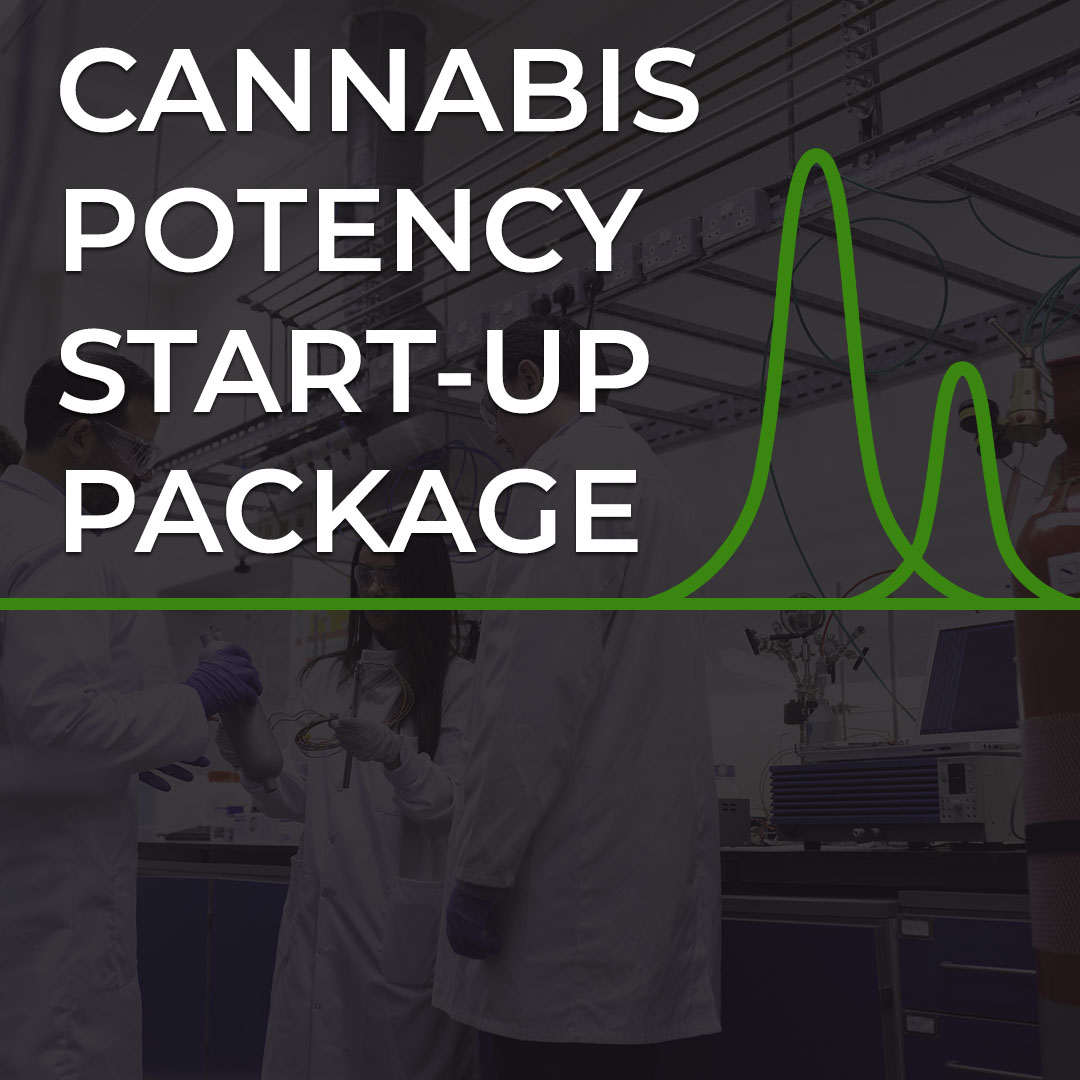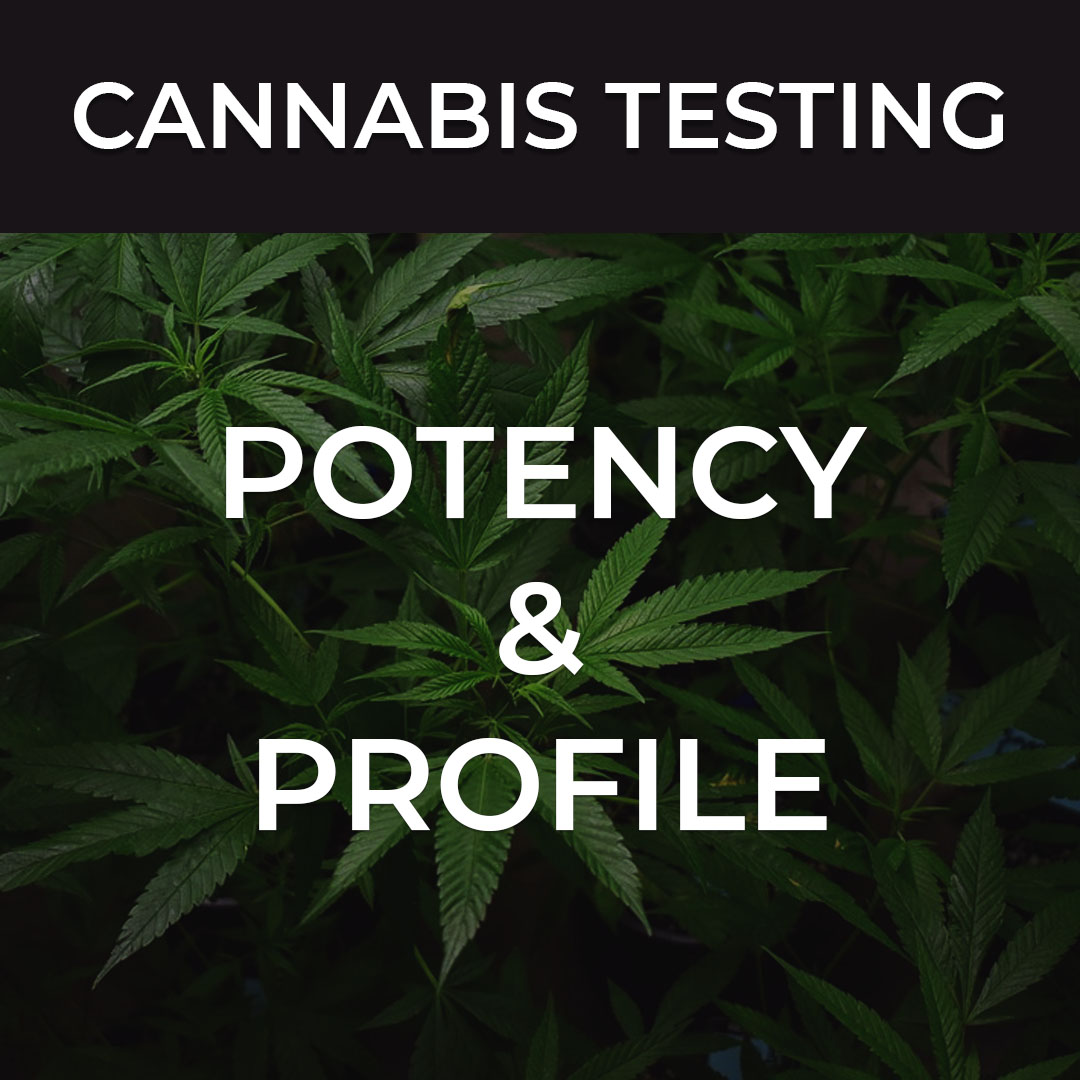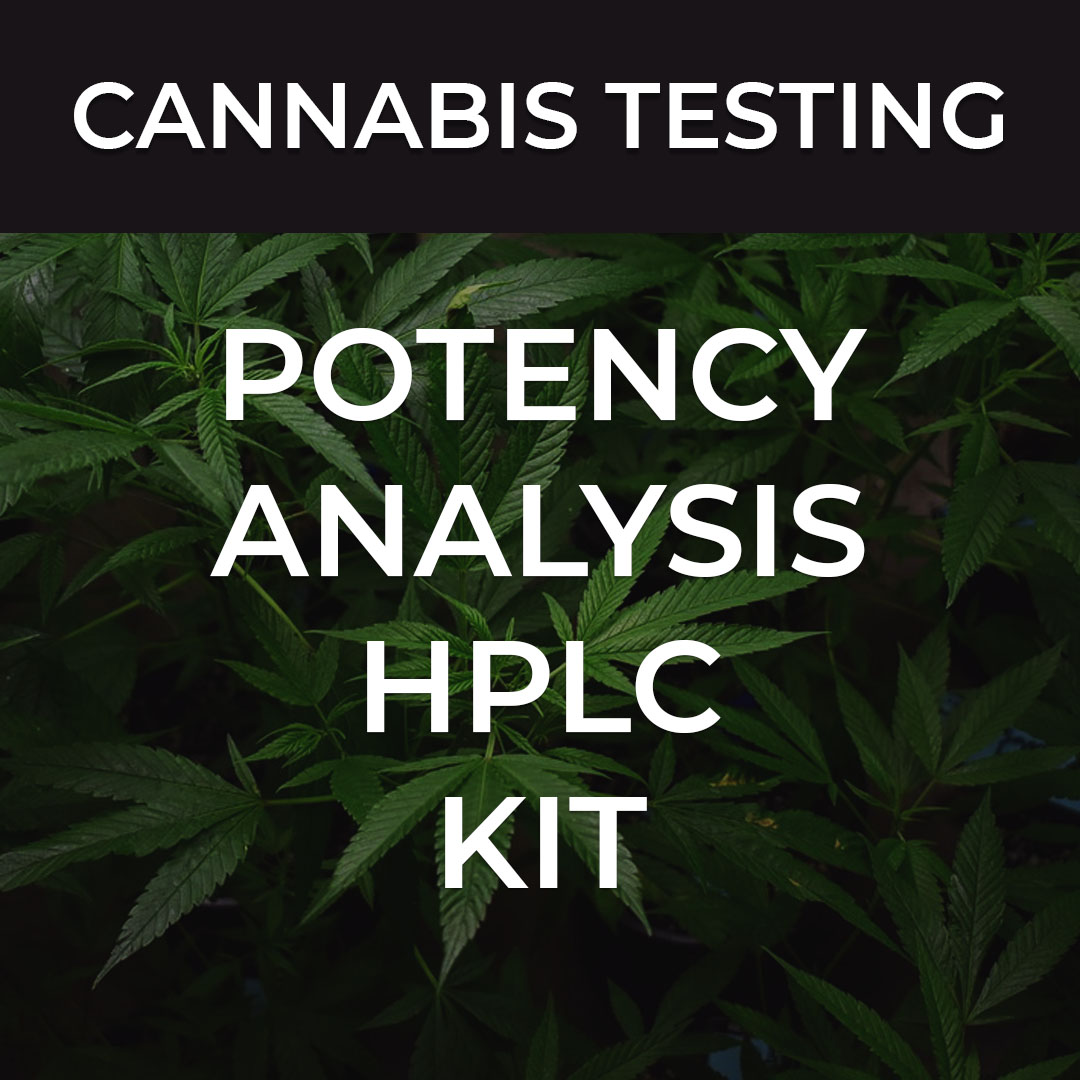Compound profiling and potency analysis aids growers, processors, dispensaries, and quality control laboratories by identifying the cannabinoids and terpenoids in their samples and measuring their strength. Identifying the compound profiles of different strains, and their associated strength, is necessary for accurate labeling of both medicinal and recreational products. Product safety is paramount of course, but also knowing what its chemical makeup is, allows doctors to make medical recommendations, and patients to make informed decisions about the products that best suit their needs.
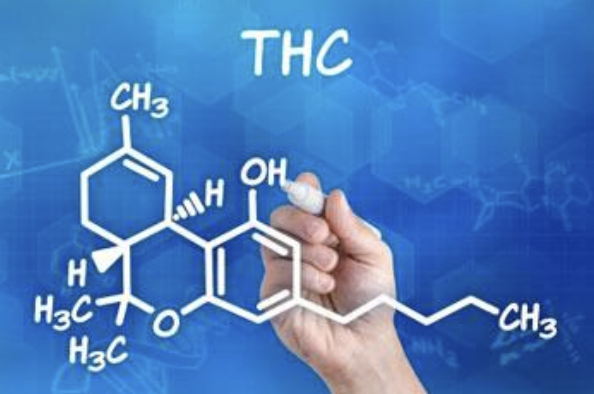
Cannabis is made up of over 500 chemical compounds.
Among the most commonly tested cannabinoids are Tetrahydrocannabinol (THC), Tetrahydrocannabivarin (THCV), Cannabidiol (CBD), Cannabidivarin (CBDV), Cannabinol (CBN), Cannabichromene (CBC), Cannabigerol (CBG) and Cannabigerivarin (CBGV). Terpenoids tested include: Linalool, Citronellol, Carophyllene Oxide, Myrcene, Terpinolene, Limonene, Alpha Pinen, Alpha Humulene, Beta Carophyllene, and Phytol.
The two most common methods to accurately and quantitatively determine the potency of cannabinoid constituents are Gas and Liquid Chromatography (GC, HPLC).
Download our Cannabis Potency Package Flyer.
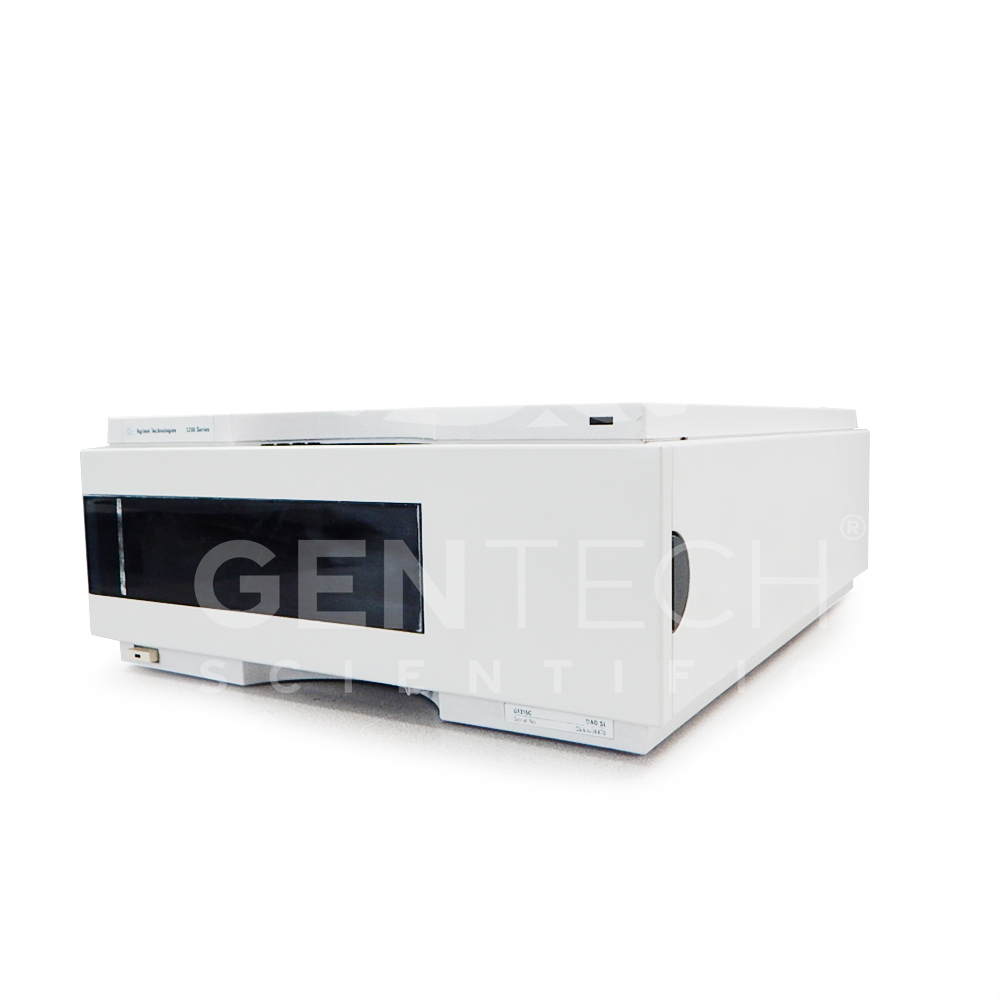
Liquid Chromatography Potency Analysis Method
Chemists use High Performance Liquid Chromatography (HPLC) instruments with an ultra-violet wavelength detector known as Diode Array Detector (DAD) or Photodiode Array Detector (PDA) to identify the potency of cannabinoids.
An HPLC system is often preferred for testing cannabis edibles and liquids because samples are tested at room temperature, and they do not undergo any heat-catalyzed reactions. HPLC’s can identify THC Acid (THCA) and CBD acid (CBDA) while gas chromatography cannot.
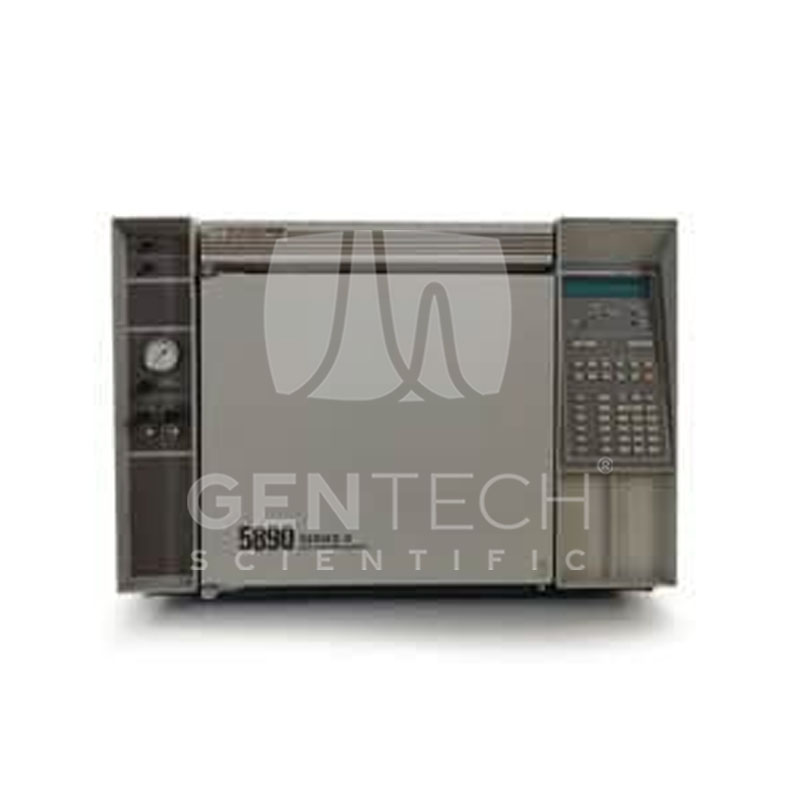
Gas Chromatography Potency Analysis Method
The potency analysis of cannabinoids can be performed using a Gas Chromatography system with a Flame Ionization Detector (GC/FID). Samples are introduced using a headspace autosampler. When using a GC/FID, potency testing is based on the concentration of decarboxylated THC and CBD therefore GC does not detect THCA or CBDA directly. Cannabinoids can be further identified with the addition of a Mass Spectrometer Detector.
Potency testing using the GC/FID method is often preferred due to its simplicity and speed. Gas chromatography separates individual components of a test sample by heating them, this process can generally mimic the conversion process during smoking. The vaporization process of GC separation is good when testing samples that are intended to be heated when used such as cannabis flowers and concentrates.

